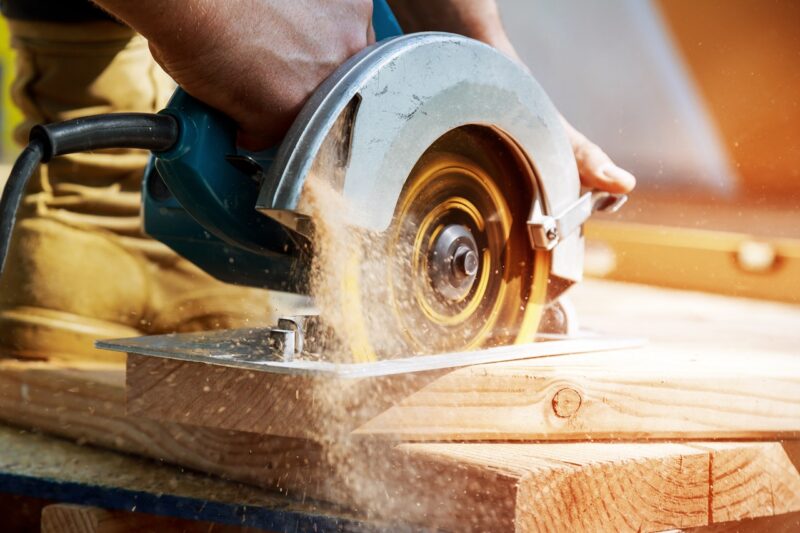Published: 29/10/25 By: Mike Bekin
Whether you are a keen DIYer or just dipping your toes into the world of timber, understanding how to work with both hardwoods and softwoods is essential. From the dense durability of Ekki to the versatility of Pine, each variety of timber brings different characteristics to the table, and learning more about their workability is key to a successful project.
Discover in this guide the essentials of working with hardwoods vs softwoods, the best tools for the job and a few tried-and-tested techniques.
Hardwoods vs Softwoods: The Differences
At Ecochoice, we are always hesitant to create a clear distinction between hardwoods and softwoods. In truth, the only way to separate these two timbers is by looking at the trees they come from rather than the characteristics of the timber.
- Hardwoods such as Ekki, Opepe and Oak come from deciduous, slow-growing trees.
- Softwoods such as Pine and Cedar come from faster-growing, coniferous trees.
Because of their slower growth, many hardwoods tend to be denser than softwoods, though this is not a universal truth. Canadian Cedar, for instance, is an incredibly durable and dense timber, but it is also a softwood.
For the sake of this guide, we are going to look at hardwoods as a denser timber than softwoods. We would, however, recommend taking every species as it comes and looking at individual characteristics to learn more about workability.
Tools for Hardwoods vs Softwoods
For dense, tough hardwoods, you often need specialised equipment. This is because the timber will dull the blades of standard tools and make the whole project a lot harder than it has to be. Carbide-tipped blades and high-quality drill bits are a wise investment if you are working regularly with really dense timbers, e.g. Ipe and Greenheart.
Lightweight softwoods, on the other hand, are much more forgiving. Standard woodworking saws, chisels and drill bits will usually do the trick, and you will find your tools stay sharper for longer. That said, if you are working with Treated Softwoods or a dense softwood species, you may still want to step up your blade quality to handle the tougher timber.
Techniques for Hardwoods and Softwoods
Aside from materials, how you work with hardwoods vs softwoods will also sway the outcome of your project. For dense, strong hardwoods which are not easy to work with, some tips we swear by include:
- Pre-drilling holes to avoid splitting the timber
- Using clamps to keep the timber steady
- Work in shallower, slower strokes rather than deep cuts to protect your blades
- Sharpen or replace your blades frequently
- Sand with coarse grits (think 50-60 grit)
Lightweight softwoods are far easier to work with as they will not dull your blades quite so quickly. You should, however, still be careful to avoid the timber splitting. We would advise pre-drilling holes, for instance, and not rushing your work.
Ask Our Team for More Advice
Getting started with a new timber species? While these tips are a great place to start, it is a smart idea to get to grips with the species you plan to use before you start. Learn more about different types of timber in our Species Library. If you cannot find what you are looking for, reach out to our team for help.
